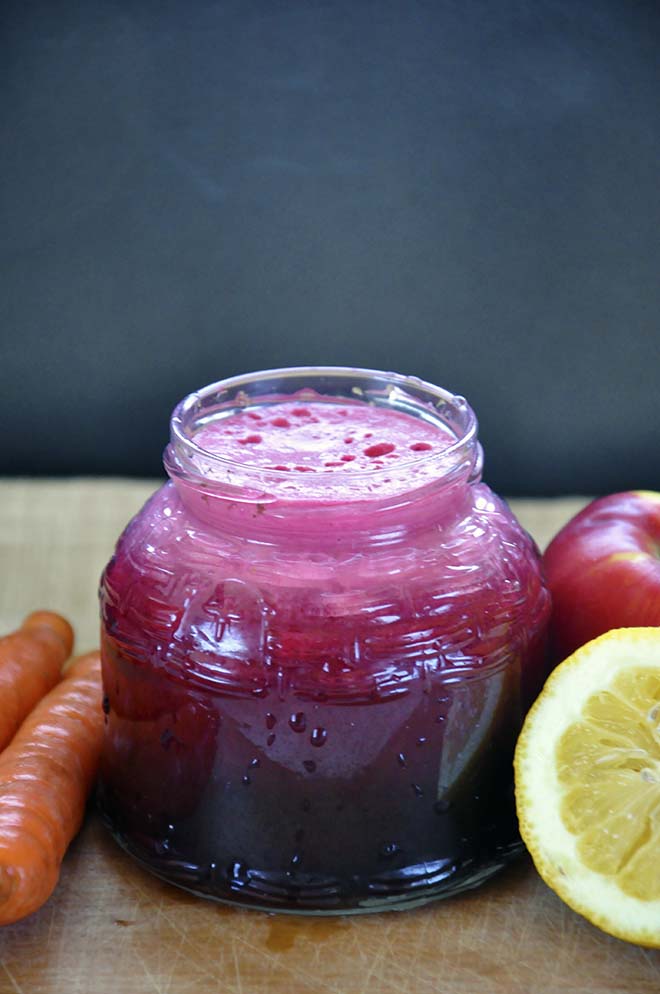


Non-caffeinated beverages, such as herbal tea (caffeine is a diuretic, so coffee, black tea, and energy drinks should not be relied on for hydration).Besides drinking plain water, here are some alternative methods for staying hydrated: How much water we each need varies depending on several factors, including activity level, but a good rule of thumb is to drink enough water to prevent feeling thirsty. We lose water each day through sweat, breathing, and urination, so it's important to stay hydrated. Lessens the burden on the kidneys and liver by flushing out waste products.Helps dissolve minerals and other nutrients to make them accessible to the body.Moistens tissues such as those in the mouth, eyes, and nose.Water Water makes up most of our body, and is found in our blood, tissues and organs. Meat alternative products (often made with pea protein, soy protein, and/or wheat gluten).Whole grains (brown rice, whole wheat, oats, corn, quinoa, sorghum, millet, and many more!).Legumes (beans, peas, lentils, chickpeas, peanuts).NOTE: 1 gram of protein = 4 Calories Major Food Sources When restricting Calories: 0364-0.91 grams of protein per pound of body weight.Body Builder: 0.64-0.91 grams of protein per pound of body weight.Teenage Athlete: 0.82-0.91 grams of protein per pound of body weight.Competitive Athlete: 0.54-0.82 grams of protein per pound of body weight.Recreationally Active: 0.45-0.68 grams of protein per pound of body weight.Sedentary Individuals: 0.36 grams of protein per pound of body weight.Involved in acid/base balance to maintain a neutral environment in our bodies.Make up enzymes that regulate metabolism.Involved in metabolic, transport, and hormone systems.Tissue structure (part of organ tissues, muscle, hair, skin, nails, bones, tendons, ligaments and blood plasma).To calculate your individual needs for each nutrient, check out this helpful tool from the USDA National Agricultural Library. diabetes or celiac), athletes, and individuals who are elderly. vegan), individuals with certain medical conditions (e.g. Special considerations may need to be taken for individuals following a special diet (e.g. Click on the links below to discover the functions, recommended dietary intake, and food sources of the different nutrients our bodies need.Īssuming that they are consuming a variety of fruits, vegetables, grains, and proteins, most adults naturally consume adequate amounts of macronutrients and most vitamins and minerals without the need to track food intake.

Micronutrients are those nutrients that the body needs in smaller amounts. These provide the body with energy (calories). Macronutrients are those nutrients that the body needs in large amounts. Nutrients can be divided into two categories: macronutrients, and micronutrients.


 0 kommentar(er)
0 kommentar(er)
